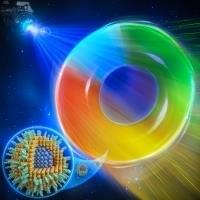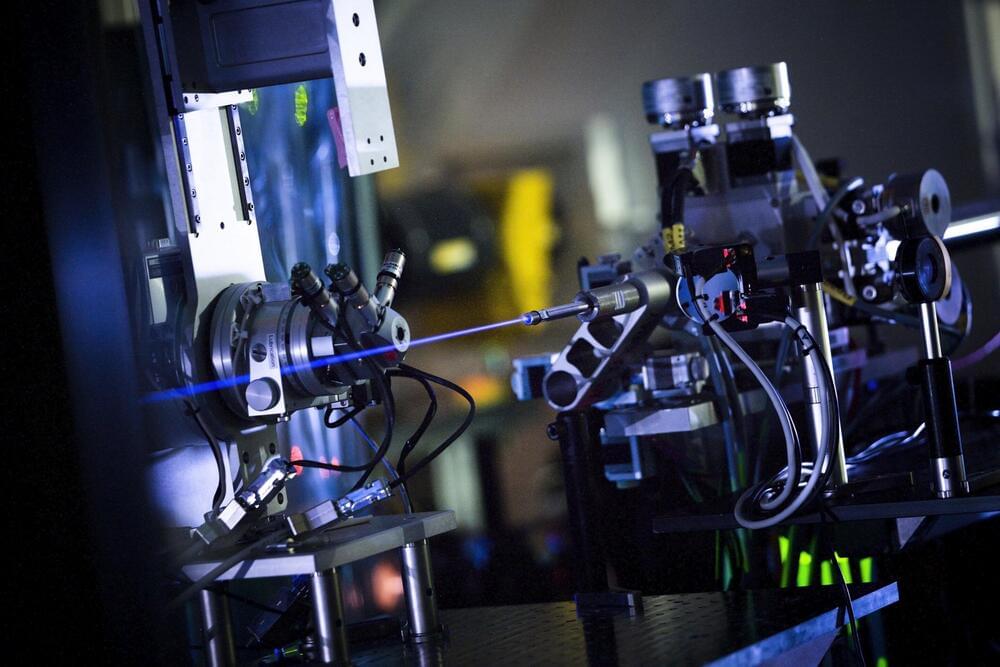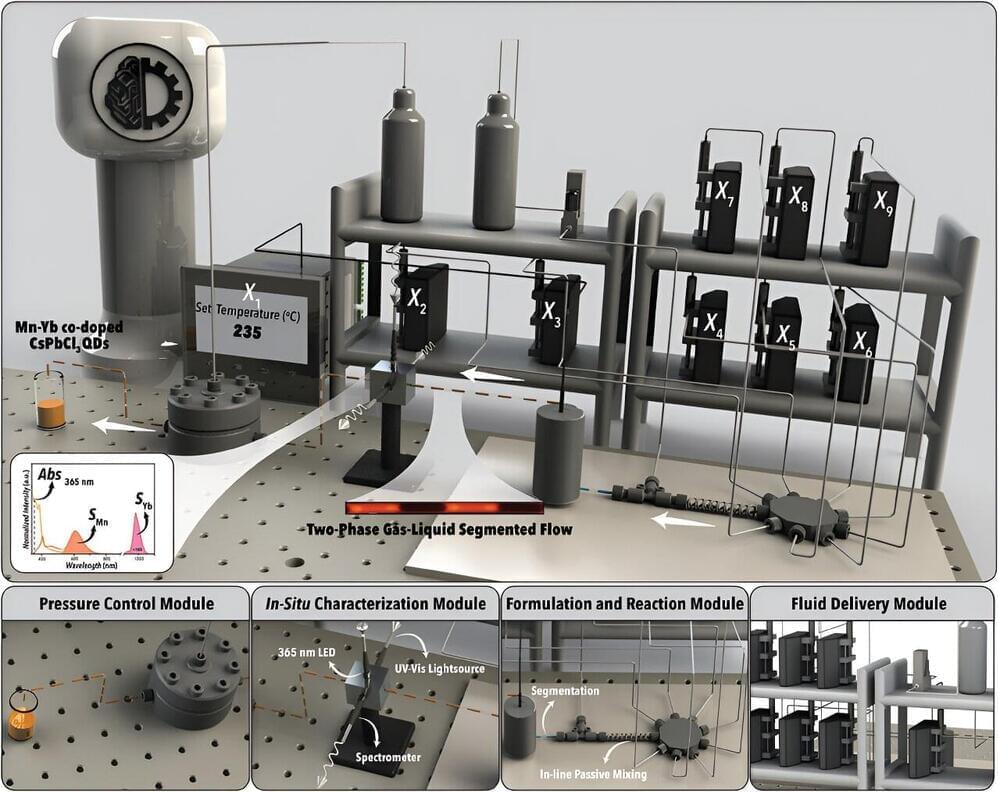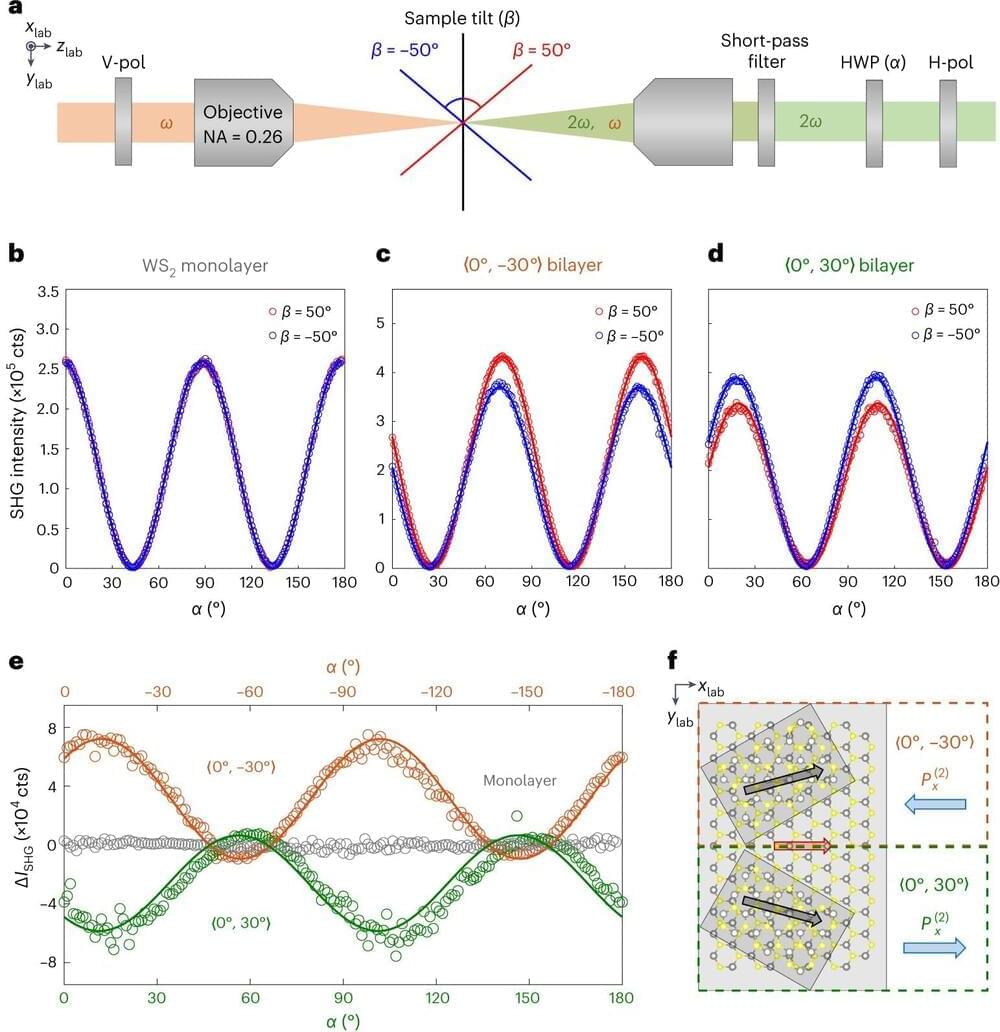A color wheel (CW) is one of the most essential devices for contemporary projection displays because it provides the color initialization definition and determines the color performance of the whole system. However, conventional color wheels remain limited in terms of color performance and efficiency because of the light-absorbing material and time sequential color generation. Quantum dots, found in 1981 and known as a kind of quasi-zero-dimensional nanomaterial, exhibit excellent features for displays due to their quantum confinement effect, which won the 2023 Nobel Prize in Chemistry. Inspired by this, the paper systematically demonstrates a quantum-dot color wheel (QD-CW) device through theoretical derivation, simulation analysis, and experimental verification. The theoretical model to define the duty circle ratio is presented for the QD-CW and verified by Monte Carlo ray-tracing simulation. In terms of experimental verification, the QD-CW device is realized by multiple rounds of a photolithography process, and then assembled into a blue laser pumped projection prototype for full-color display. The chromaticity coordinates of white-balanced output are finally located at (0.317,0.338), which matches well with a standard D65 source. The color gamut area of the QD-CW device reaches 116.6% NTSC, and the average light conversion efficiency (LCE) of the prepared QD-CW is 57.0%. The proposed QD-CW device has ∼40% higher color gamut area and 1.2× higher LCE than a conventional CW device. These exciting findings show a groundbreaking approach to color generation in projection displays, which are expected to shed light on other high-quality display applications.









